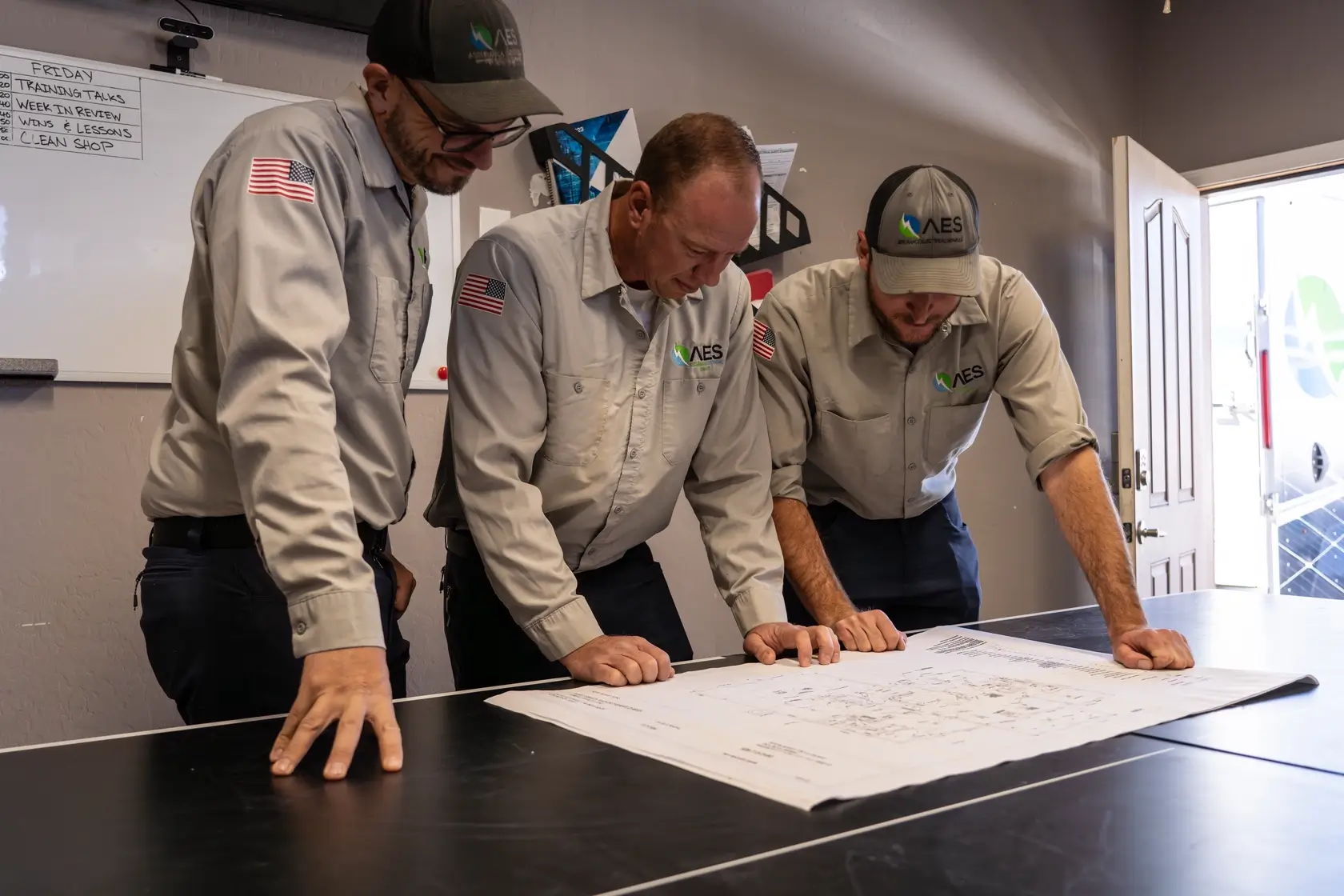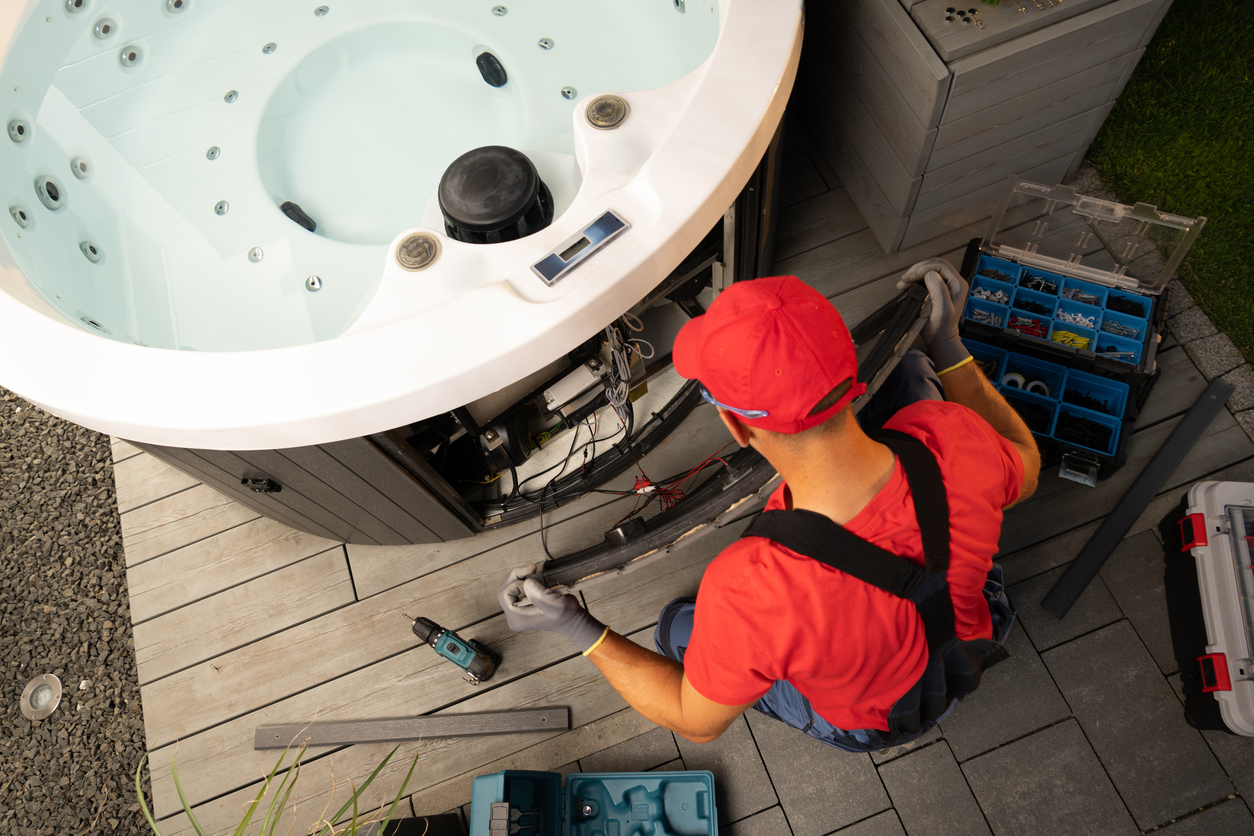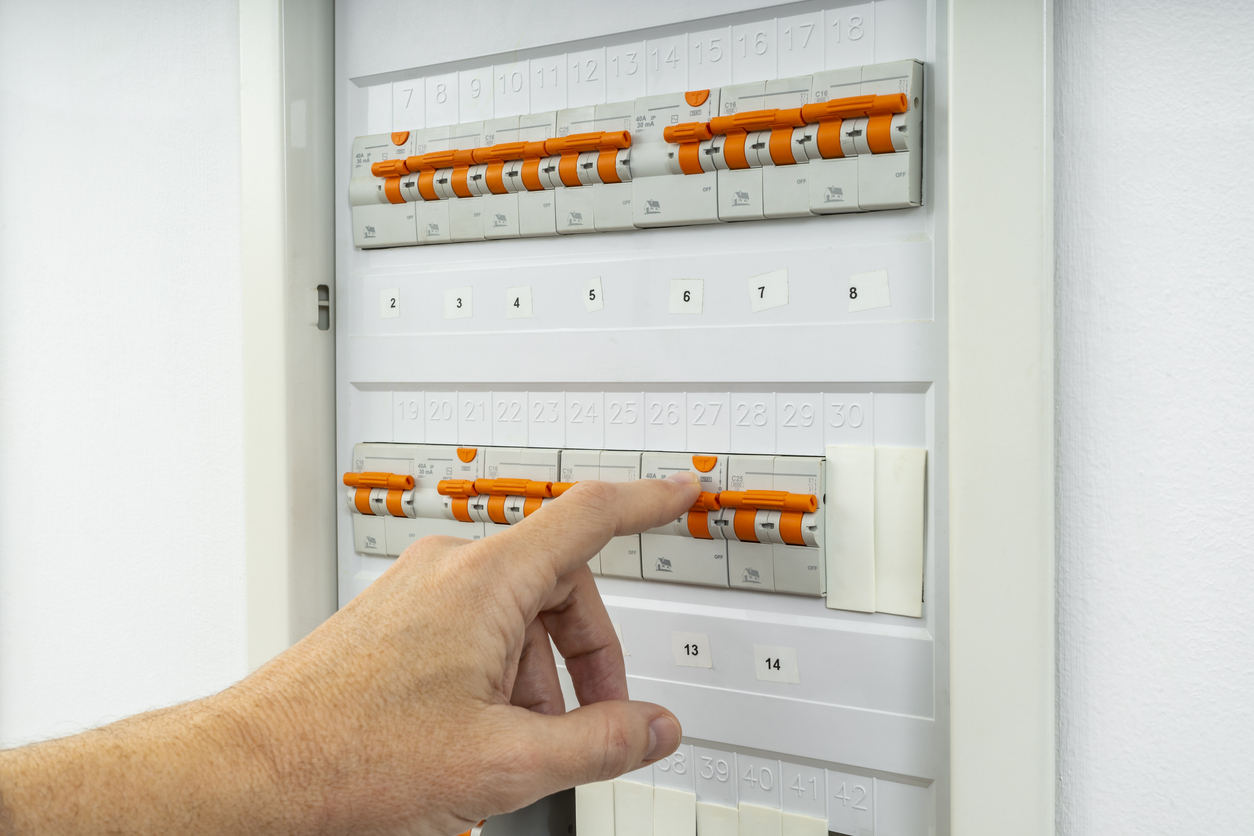What Causes Circuit Breakers to Trip and How to Fix It
Circuit breakers play a critical role in protecting homes from electrical hazards. When they trip, it indicates that something in the electrical system is not operating safely. At Assurance Electrical Services, we often assist Prescott-area homeowners who experience frequent breaker trips. This guide outlines the most common causes and explains when to seek professional help.
The Purpose of a Circuit Breaker
A circuit breaker is a safety device designed to stop the flow of electricity when a fault is detected. It protects against electrical fires, overheating, and equipment damage by shutting off power to the affected circuit. This automatic response helps prevent dangerous situations and costly repairs.
What Causes Circuit Breakers to Trip?
Several issues can trigger a breaker to trip. Identifying the source of the problem is essential to resolving it effectively. Below are the most common causes of circuit breakers to trip.
1. Circuit Overload
Circuit overload occurs when too many appliances or devices draw power from a single circuit. The electrical demand exceeds the circuit’s capacity, which prompts the breaker to shut off power as a precaution.
Running a microwave, coffee maker, and toaster on the same kitchen outlet can easily overload the circuit.
2. Short Circuit
A short circuit happens when a hot wire comes into direct contact with a neutral wire or ground. This results in a surge of current that the breaker immediately detects and interrupts. Signs of a short circuit may include a burning smell, discoloration around outlets, or a popping sound.
3. Ground Fault
A ground fault occurs when an electrical current escapes its intended path and flows into the ground. This is especially common in areas with moisture, such as kitchens, bathrooms, and outdoor spaces. Ground faults can be dangerous and are typically detected by GFCI outlets.
4. Faulty Appliances
Old or damaged appliances can create electrical faults. Devices like space heaters, vacuums, and refrigerators often trip breakers when they malfunction or draw excessive current.
5. Electrical Panel Problems
Outdated or damaged breaker panels can cause recurring trips. In some homes, panels from brands known for safety issues, such as Federal Pacific or Zinsco, are still in use. These systems may not reliably trip under fault conditions and should be inspected by a licensed electrician.
What Is the Most Common Reason for a Breaker to Trip?
Circuit overload is the most frequent cause. Modern households rely on multiple high-powered appliances, often drawing more electricity than a single circuit is rated to handle. Overloading occurs most often in kitchens, bathrooms, and home offices, where several devices may run simultaneously.
How to Identify the Source of the Trip
If a breaker trips repeatedly, homeowners can take the following steps to help identify the source:
- Turn off and unplug all devices on the affected circuit.
- Reset the breaker by switching it off and then back on.
- Reconnect and power devices one at a time.
- Observe which device causes the breaker to trip again.
If the breaker trips even with no devices plugged in, the issue may be in the wiring or panel, requiring professional diagnosis.
How to Address a Breaker That Keeps Tripping
For basic overload issues, redistributing power across multiple circuits may help. Try relocating high-wattage appliances to different outlets, especially in rooms with limited circuits.
Other troubleshooting tips:
- Avoid using extension cords or power strips for heavy-use appliances.
- Replace or repair appliances that show signs of electrical issues.
- If the problem continues, schedule a professional inspection to assess the system and recommend circuit upgrades if necessary.
When to Call a Licensed Electrician
A qualified electrician should be consulted if any of the following conditions are present:
- Frequent breaker trips with no apparent cause
- Burn marks or warm areas around outlets
- Buzzing sounds or burning odors near the panel
- Breaker fails to reset
- Ongoing issues in an older home with outdated wiring
Electrical issues can be hazardous. Hiring a licensed, bonded, and insured electrician ensures the problem is resolved safely and complies with Arizona electrical codes.
Serving Prescott Homeowners with Trusted Electrical Solutions
Assurance Electrical Services has provided expert electrical work to Prescott, Chino Valley, Prescott Valley, and Dewey-Humboldt for over twenty years. Our team specializes in new and older homes, offering accurate diagnostics, safe installations, and clean, professional service.
If your circuit breaker keeps tripping or you suspect a deeper issue in your electrical system, we’re here to help. We offer timely inspections and repairs to keep your home safe and fully operational.
Schedule a Professional Inspection
Do not ignore frequent breaker trips. They often point to larger electrical problems that can compromise your home’s safety. Contact Assurance Electrical Services for a thorough inspection. We’ll identify the source, recommend safe solutions, and ensure your system meets all code requirements.
Request your electrical service appointment today. Book an electrical inspection.
Frequently Asked Questions
Share this article
Follow us
A quick overview of the topics covered in this article.
- The Purpose of a Circuit Breaker
- What Causes Circuit Breakers to Trip?
- 1. Circuit Overload
- 2. Short Circuit
- 3. Ground Fault
- 4. Faulty Appliances
- 5. Electrical Panel Problems
- What Is the Most Common Reason for a Breaker to Trip?
- How to Identify the Source of the Trip
- How to Address a Breaker That Keeps Tripping
- When to Call a Licensed Electrician
- Serving Prescott Homeowners with Trusted Electrical Solutions
- Schedule a Professional Inspection
- Frequently Asked Questions
- 1. What is the most common reason for a circuit breaker to trip?
- 2. How do I fix a breaker that keeps tripping?
- 3. Is it dangerous if my breaker keeps tripping?
- 4. Can a bad appliance cause a breaker to trip?
- 5. How do I reset a circuit breaker?
- 6. How do I find out what is tripping my breaker?
- 7. When should I call an electrician?
- 8 . Can I test a circuit breaker myself?
- 9. Why does my breaker trip when using the vacuum or microwave?
- 10. What if the breaker trips with no devices plugged in?
Latest articles
November 4, 2025
November 4, 2025



